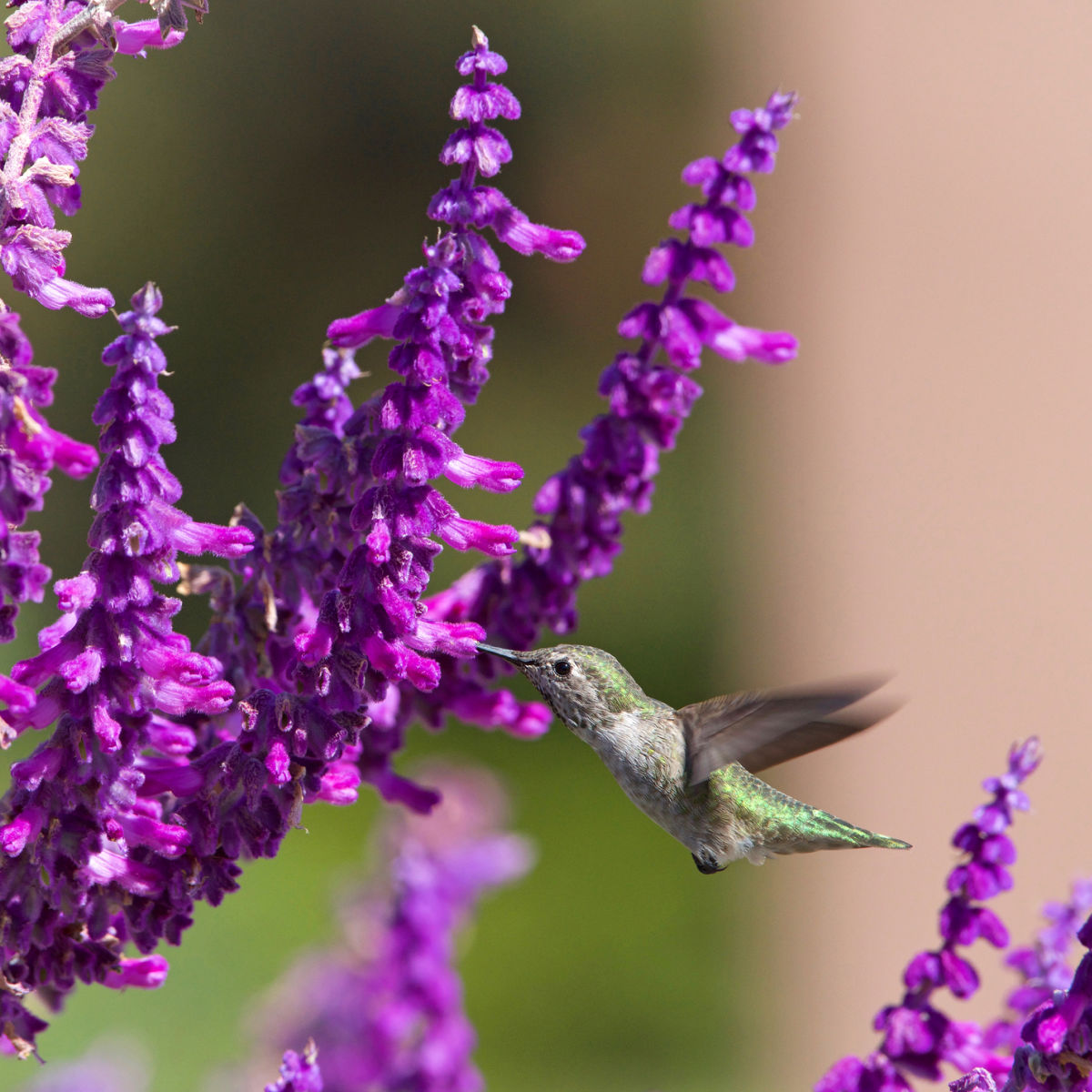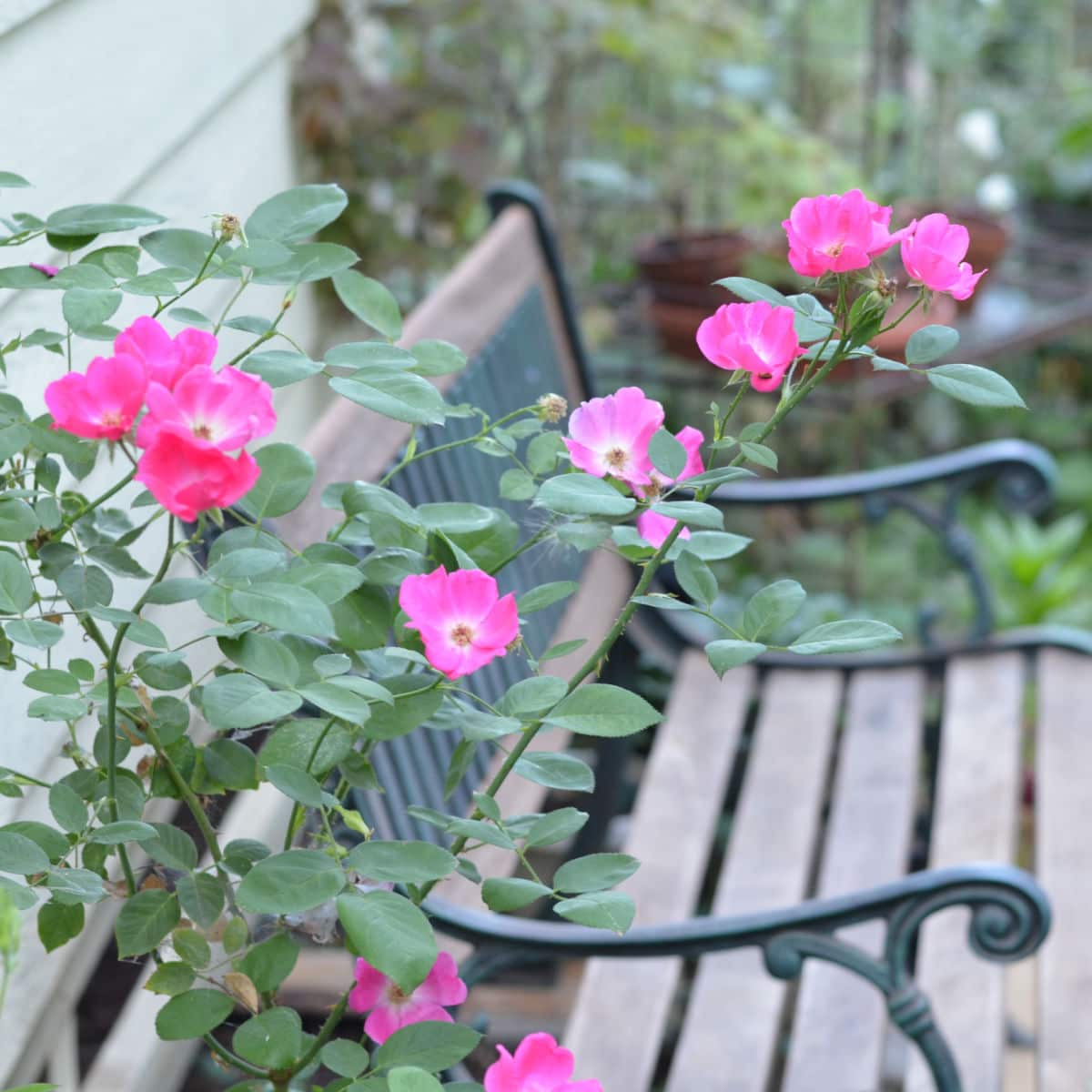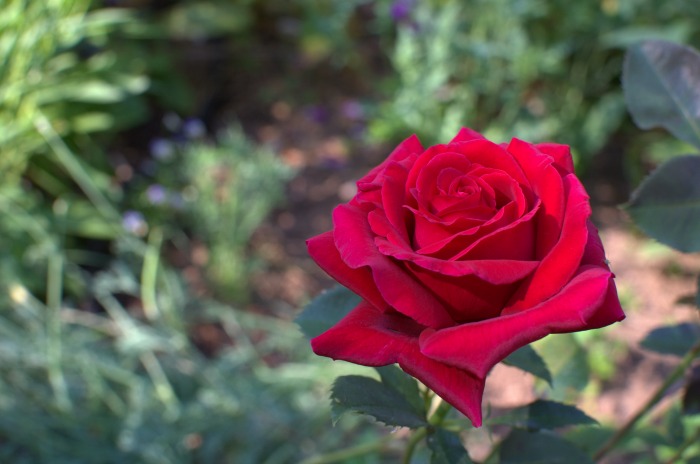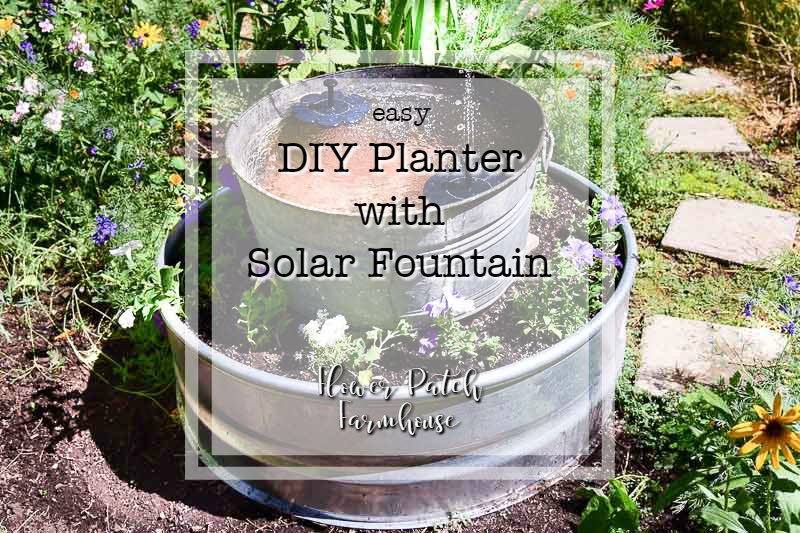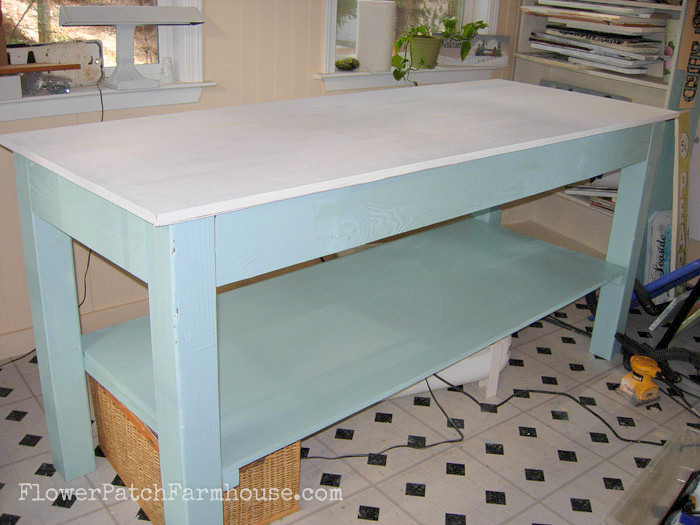Best Snake Plant Care – super easy!
Easy snake plant care for beginners. Snake plants are also known as Mother In Law tongue and Sansevieria. Learn a few tips and tricks to keep your Snake plant happy and healthy!
Snake plant care is fairly straightforward. All sansevieria varieties are succulents and perfect as a beginner houseplant. They even thrive in conditions too harsh for other plants.
Some spell it sanseveria so if you see that spelling throughout this post then it is for those searching that way, not because I don’t know how to spell it.
Sansevieria are native to tropical and sub-tropical areas and do not like too much water or freezing cold. In some areas of the US, snake plants can be grown outside year-round but only in regions where the temps stay around 50 degrees for a low.
Snake plant is one of the plants listed in my Clear the Air article about the benefits of house plants.
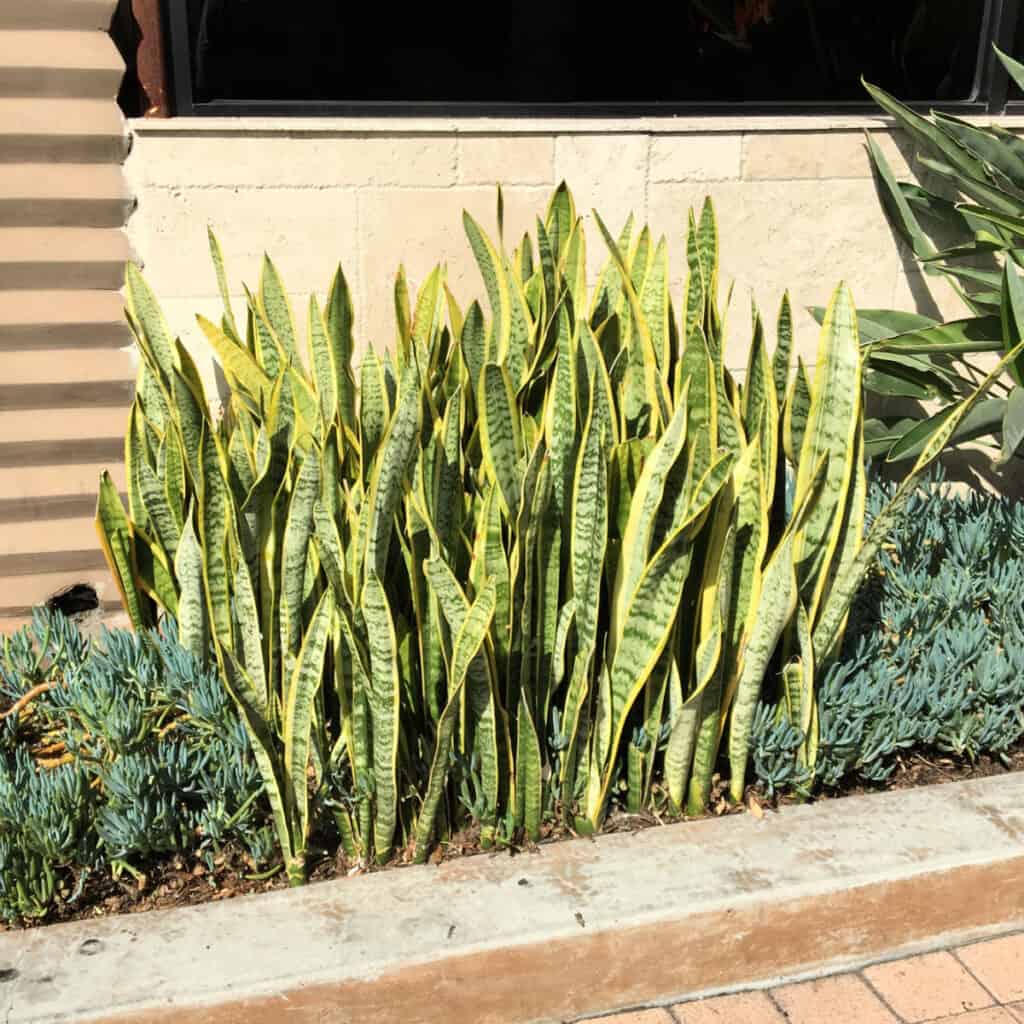
Planting Sanseveria
When repotting snake plants choose a well-draining pot. I prefer terra cotta pots since they allow the soil to dry easier than plastic.
Related: Benefits of Terra Cotta Pots.
The best soil for planting sanseveria is a free-draining soil mix, one designated for cactus and succulents is a good choice. Many people love their houseplants to death with too much water which leads to root rot. If the snake plant soil is well-draining soil it will help reduce the chance of this.
Fill your pot about 2/3 full with the snake plant soil. Remove the sansevieria from its nursery pot and loosen the roots. If the roots are tangled and circling the pot, use garden snips, your fingers, or a trowel to loosen the growth. Set the snake plant on the potting soil and fill in around the roots. Press it in the soil firmly to anchor it.
(optional) Create a well with your fingers for the new plant to go into before placing the plant into the pot. It helps if the potting soil is moist.
When potting snake plants do not plant deeply. Keep them about the same depth as it was in the previous container. If the plant is a bit top-heavy then you may need to support it.
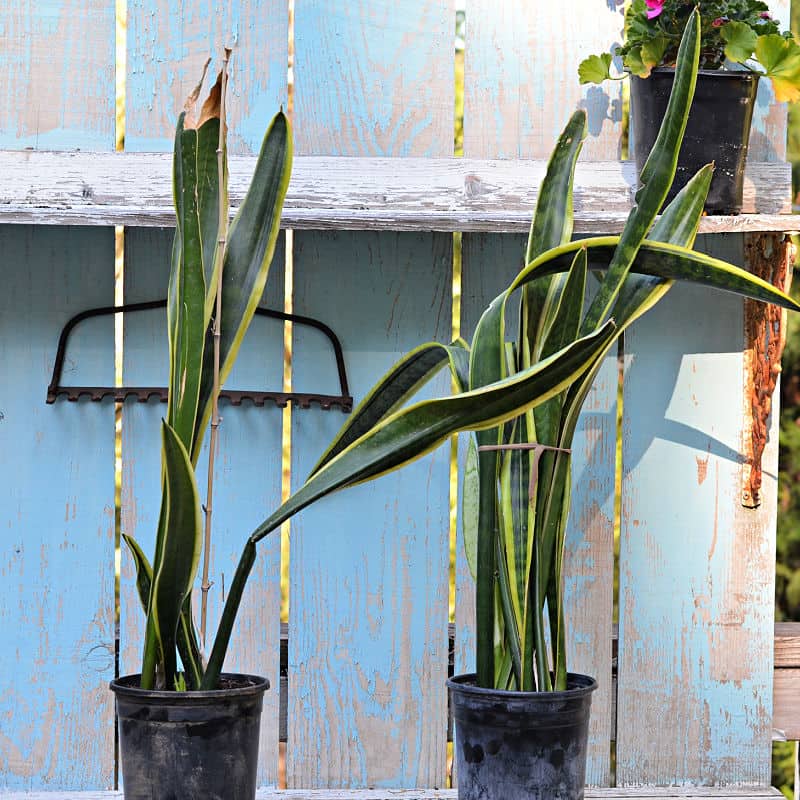
Grow Snake plant indoors
Snake plants prefer bright, indirect light. They will grow decently in dark, low light areas too, just more slowly. Keep out of cold drafts and in temperatures at 50 degrees or above.
Basic Snake Plant Care
Wipe the wide, flat leaves occasionally to remove dust, this helps it to absorb sunlight better. If your plant gets optimum care it can grow so well it becomes root-bound.
Did you know that Snake plants flower? Yes, and they usually flower when they are root-bound.
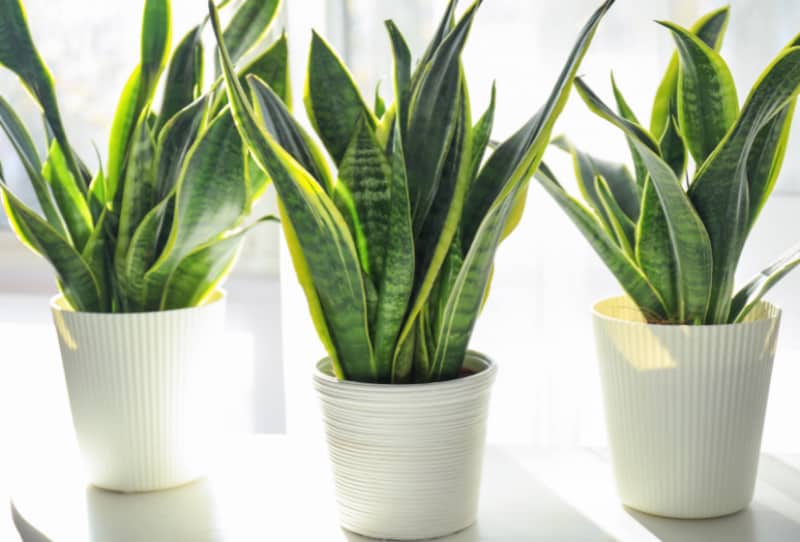
How to Water
As mentioned before one of the most common problems people have with sansevieria is overwatering. These plants do not like soggy wet soil. Sansevieria can go a month or even two without being watered, especially in the winter.
The best way to gauge if your snake plant needs watering is to get a moisture meter. This is the one I have. Check the soil once a week and when the plant meter reads DRY you can water.
Make sure you have a tray or dish beneath the pot to catch water. Water your snake plant until water runs out the bottom. Let it sit and absorb all it can for half an hour. Then pour off any water left in the water tray after that time.
Divide and Propagate
If it looks like your plant is struggling and has filled the pot it is in then it may be time to divide it. It isn’t hard to do and I have an entire article here you can read with a video that will help you to do that.
The plus is you can propagate the Snake plant divisions to create more. Go here to read all about dividing and propagating snake plant – sansevieria.
Varieties of Snake Plants
There are so many snake plant varieties available that there is sure to be one you really enjoy. Sansevieria trifasciata is the more common.
Some other interesting specimens are:
Sansevieria Cylindrica
Sansevieria Zeylanica
Sansevieria Moonshine (this one is on my list to get)
Sansevieria Masoniana
